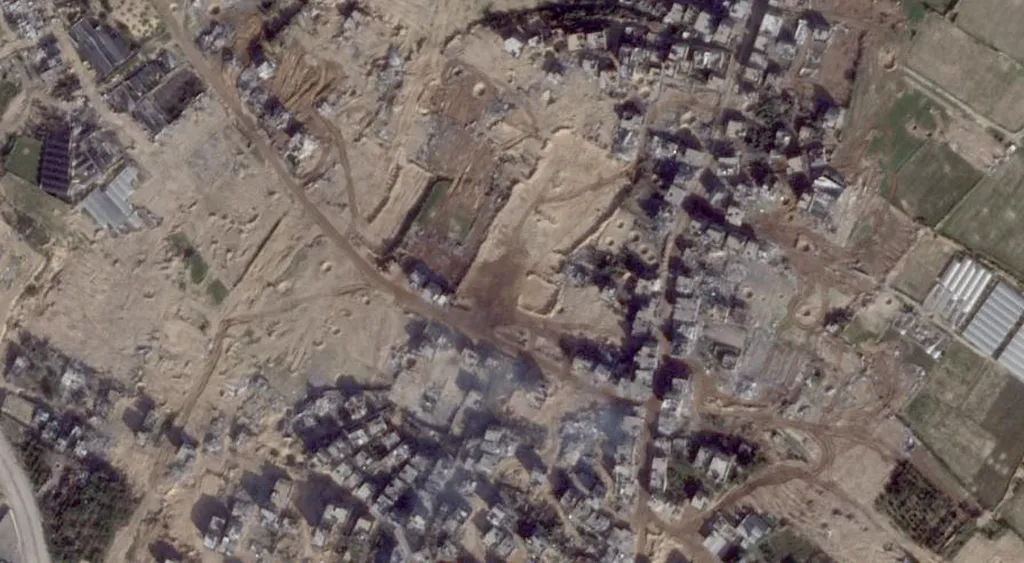As a fragile ceasefire takes hold in the Gaza Strip, the extent of the war’s devastation on the region’s agricultural sector is becoming increasingly clear. Satellite imagery analysis reveals that a staggering 95 percent of cropland has been damaged in the course of the conflict. This figure underscores the profound impact on Gaza’s farming communities, which have long been a vital part of the local economy and food security.
The Israeli campaign has not only resulted in massive civilian casualties, with some 67,000 Palestinians dead, including more than 20,000 children, but has also laid waste to the region’s agricultural infrastructure. According to the United Nations, 84 percent of buildings in Gaza have been destroyed, and fields and orchards have been similarly devastated. He Yin, a geographer at Kent State University, has meticulously tracked the loss of vegetation, noting that Israeli forces have razed, bombed, and shelled farms, destroyed irrigation works, polluted soils, and forcibly displaced or killed farmers, leaving fields abandoned. Over the course of two years of war, Yin’s research indicates that 89 percent of annual crops and 98 percent of tree crops have been damaged.
The implications for Gaza’s agricultural sector are severe. Before the war, farming accounted for 11 percent of Gaza’s economy and nearly half of its exports. The United Nations Environment Programme (UNEP) has reported that the uprooting of topsoil by military equipment has “moved, mixed, and thinned the topsoil cover over large areas,” while “soil has been contaminated by munitions, solid waste, and untreated sewage.” The agency concludes that “production of food is not possible at scale” under these conditions.
For investors in the agricultural sector, the situation presents significant challenges. The destruction of infrastructure, loss of arable land, and displacement of farming communities create substantial barriers to agricultural investment and development. The long-term recovery of Gaza’s agricultural sector will require not only the restoration of physical infrastructure but also the rebuilding of social and economic systems that support farming communities.
The UNEP emphasizes that the restoration of tree cover, soil, and land will be critical for recovering food security, health, and resilience for people in Gaza. This process will necessitate substantial international support and investment, as well as a commitment to sustainable agricultural practices that can withstand future conflicts. As the ceasefire holds, the focus must shift to rebuilding and recovery, ensuring that Gaza’s agricultural sector can once again play a vital role in the region’s economy and food security.

